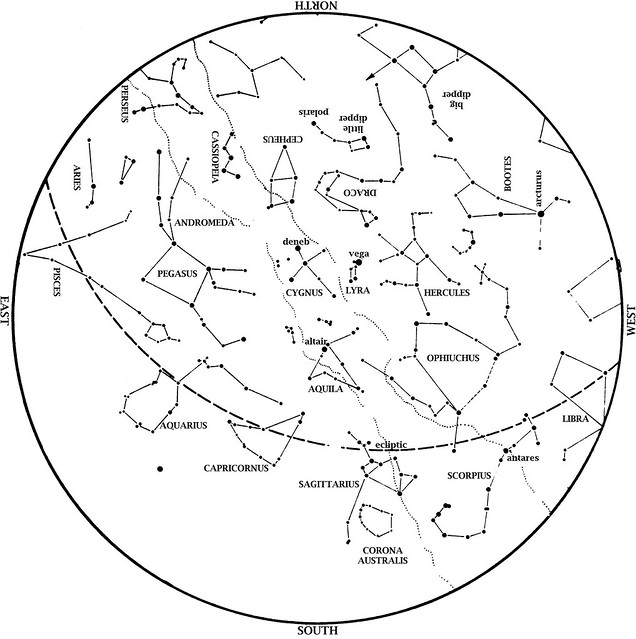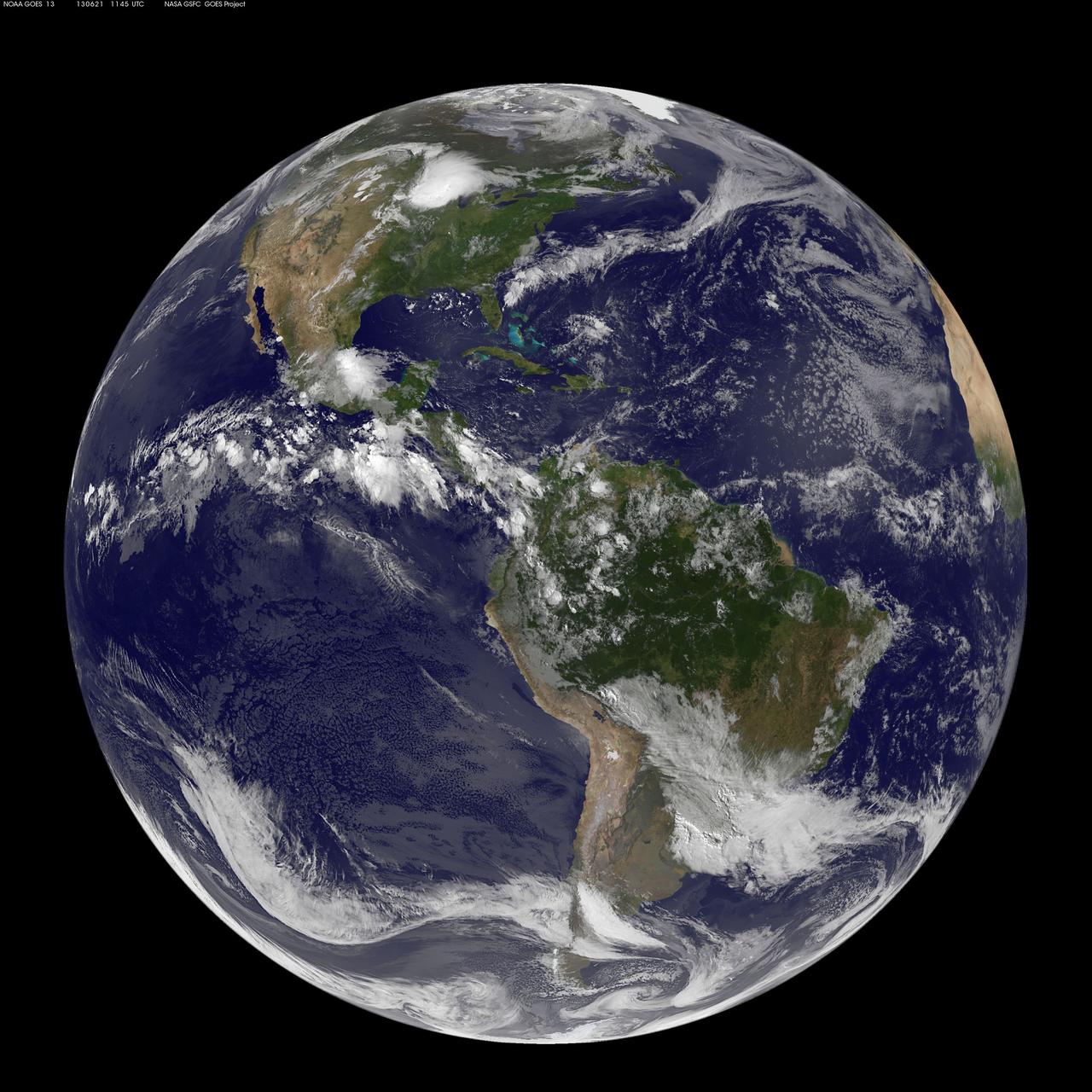Venus remains in the west at dusk. It outshines everything but the Sun and Moon, so you can begin observing it during deep twilight. On September 18, Venus passes Saturn (they are just over three degrees apart).
Saturn is now shining in the south/southwest at dusk. Although not as bright as Venus, it does outshine the stars around it, so you can’t miss it. Jupiter is higher in the morning sky this month. Look for it in the east at dawn. Mars, much dimmer than Jupiter, now pulls away from it in the morning sky. Look for it to Jupiter’s lower left in the morning sky at dawn.
 In September the Big Dipper begins to appear to the lower left of the North Star. As a result, it may be hard to see if you have trees or buildings north of you. The Big Dipper gets lower and lower to the horizon each evening throughout autumn, and is actually gone by November. As the Big Dipper sets, though, Cassiopeia rises. This is a pattern of five stars in a distinct W shape which lies directly across the North Star from the Big Dipper. Look for Cassiopeia high in the north on fall and winter evenings.
In September the Big Dipper begins to appear to the lower left of the North Star. As a result, it may be hard to see if you have trees or buildings north of you. The Big Dipper gets lower and lower to the horizon each evening throughout autumn, and is actually gone by November. As the Big Dipper sets, though, Cassiopeia rises. This is a pattern of five stars in a distinct W shape which lies directly across the North Star from the Big Dipper. Look for Cassiopeia high in the north on fall and winter evenings.
Antares, brightest star of Scorpius, the Scorpion, is in the southwest, with the ‘teapot’ of Sagittarius to its left. The Summer Triangle is high overhead. Meanwhile, the Great Square of Pegasus is in the east, indicating the start of autumn. The stars rising in the east are much dimmer than those overhead and in the southwest because when you face east at dusk in September, you face out of the Milky Way plane. The center of our Galaxy lies between Scorpius and Sagittarius, while the Summer Triangle is also in the galactic plane. Pegasus, on the other hand, is outside the plane of our galaxy and is a good place to look for other galaxies.
Moon Phases in September 2013:
New September 5, 6:35 am
1st Quarter September 12, 12:09 pm
Full September 19, 6:12 am
Last Quarter September 27, 10:55 pm
At 3:44 p.m. on Sunday, September 22, the Sun is directly overhead as seen from the equator. Thus, this marks the autumn equinox, the official start of fall. On this date, the Sun sets at the North Pole and rises at the South Pole. Everyone in the world has the same amount of daylight.
On most clear Saturday nights at the George Observatory, you can hear me do live star tours on the observation deck with a green laser pointer. If you’re there, listen for my announcement.
To enjoy the stars in any weather from the comfort of the HMNS Planetarium, click here for a full schedule.







